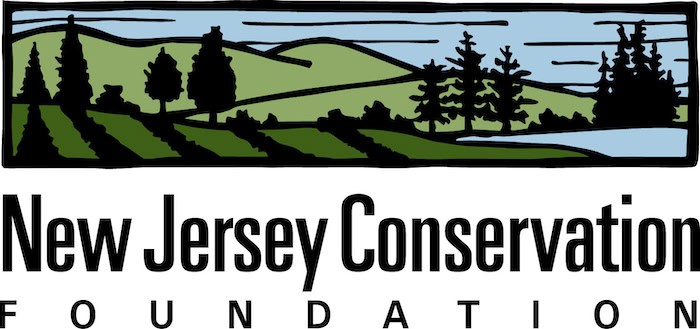By Tom Gilbert
In the fight against climate change, it is clear New Jersey needs a full toolbox of strategies to address both the causes and impacts – from reducing greenhouse gas emissions from fossil fuels through clean energy and electrification, to nature-based solutions like preserving mature forests and converting flood-prone residential lands to open space.
With the climate crisis in mind, Gov. Phil Murphy recently announced measures to expand the state’s Blue Acres land preservation program with $50 million in federal Hurricane Ida relief funds, and also dedicated $10 million toward helping communities prevent flooding by controlling storm water.
These measures come on top of $15 million in new grants being made available for projects that create, restore and enhance natural “carbon sinks,” or places sequestering carbon that would otherwise go into the atmosphere.
Natural carbon sinks include forests, agricultural soils, salt marshes, seagrass beds, and urban parks, woodlands and street trees.
Gov. Murphy made his Blue Acres announcement in Lambertville, a Delaware River community that was one of the hardest hit in this state we’re in when the remnants of Hurricane Ida swept through New Jersey on Sept. 1, 2021.
Ida brought strong winds, tornadoes and up to 10 inches of rainfall, with flooding that claimed 29 lives and damaged or destroyed hundreds of buildings.
“Ida was no fluke,” said Murphy, noting that climate scientists predict New Jersey will become hotter and wetter in the future. “As New Jersey continues to experience more extreme weather events, we must become proactive in our approach to protect the communities and businesses that continue to bear the brunt of flooding and damage from these storms.”
Under the Blue Acres program, the state buys flood-damaged or flood-prone homes at market prices, then demolishes the homes and preserves the land as open space buffers to absorb storm water. The land can be used for parks and recreation, or it can be restored to wetlands or woodlands.
A program of the New Jersey Department of Environmental Protection (DEP), Blue Acres has been moving families out of harm’s way since its founding in 1995.
The program kicked into high gear after Superstorm Sandy brought widespread and devastating flooding in 2012 and has been going strong since. It is one of the land preservation programs benefiting from New Jersey’s dedicated open space funding, which was overwhelmingly approved by voters.
As of earlier this year, Blue Acres had made buyout offers on about 1,100 properties in 20 New Jersey towns, and demolished about 700 houses to return the land to open space.
The Blue Acres program looks for clusters of homes – or even entire neighborhoods – that have experienced flood damage. Owners must be willing to sell and there must be an opportunity to improve the environment or public health and safety. There also must be local government support for the buyouts.
The $50 million infusion into Blue Acres will allow residents affected by Ida to sell their land as open space and move to the safety of higher ground.
Communities will become safer, too, as the newly created open space absorbs rainfall that previously would have fallen on impervious surfaces. There are often other benefits, too, such as public access to waterways, increased wildlife habitat and improved water quality.
“New Jersey is ground zero for some of the worst impacts of climate change,” noted DEP Commissioner Shawn LaTourette.
For the first time in more than two decades, LaTourette said, the DEP is modernizing its flood hazard standards to include updated data on precipitation in New Jersey. As a result of climate change, precipitation during heavy storm events is likely to increase from 2% to 10% in the coming years.
The wetter New Jersey climate underscores the need for urgent action on many fronts to reduce heat-trapping greenhouse gases in the atmosphere.
The $15 million in new funding for natural carbon sinks is being made available due to New Jersey’s participation in the Regional Greenhouse Gas Initiative (RGGI), a cap-and-trade program to limit carbon dioxide from the power sector.
The RGGI program (pronounced Reggie) provides carbon auction proceeds to invest in programs and projects designed to help New Jersey meet its climate, clean energy and equity goals.
Creating, restoring and enhancing lands that sequester carbon is expected to play an important role in helping New Jersey meet its goal of an 80% reduction in greenhouse gases below 2006 levels by 2050.
The programs recently announced by Gov. Murphy and the DEP are good steps to help Mother Nature help us.
As a state, we need to rapidly and drastically reduce emissions that cause climate change while helping buffer communities from the unavoidable impacts – including extreme weather that caused the devastation wrought by Ida. Nature can play a role on both fronts.
Tom Gilbert is a co-executive director of the New Jersey Conservation Foundation, Far Hills. He may be reached at [email protected]

